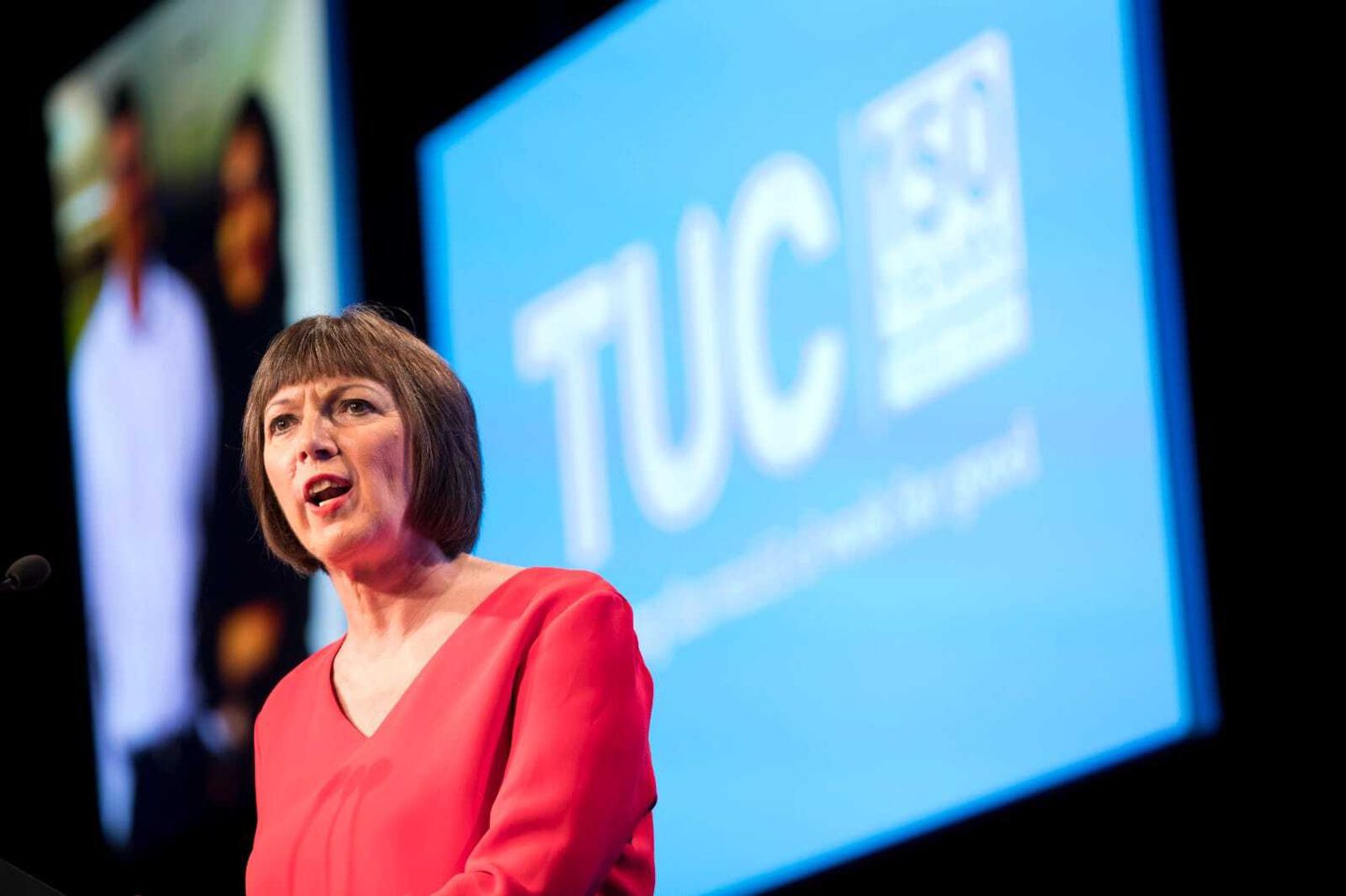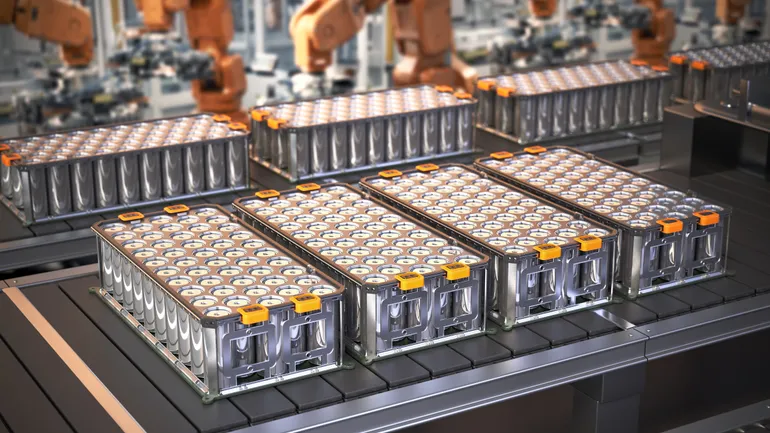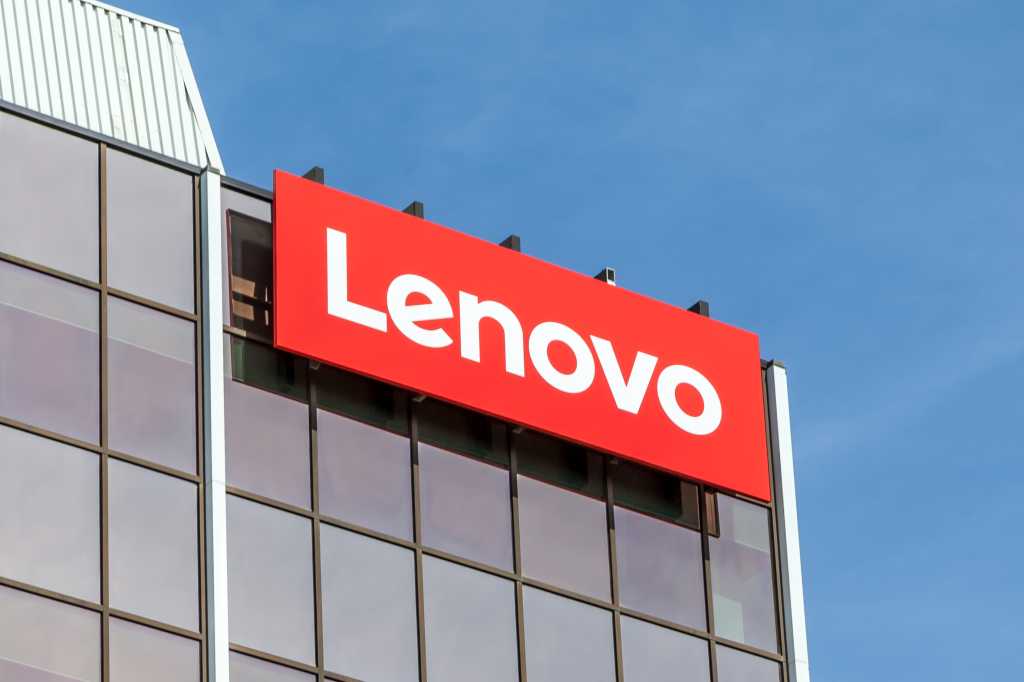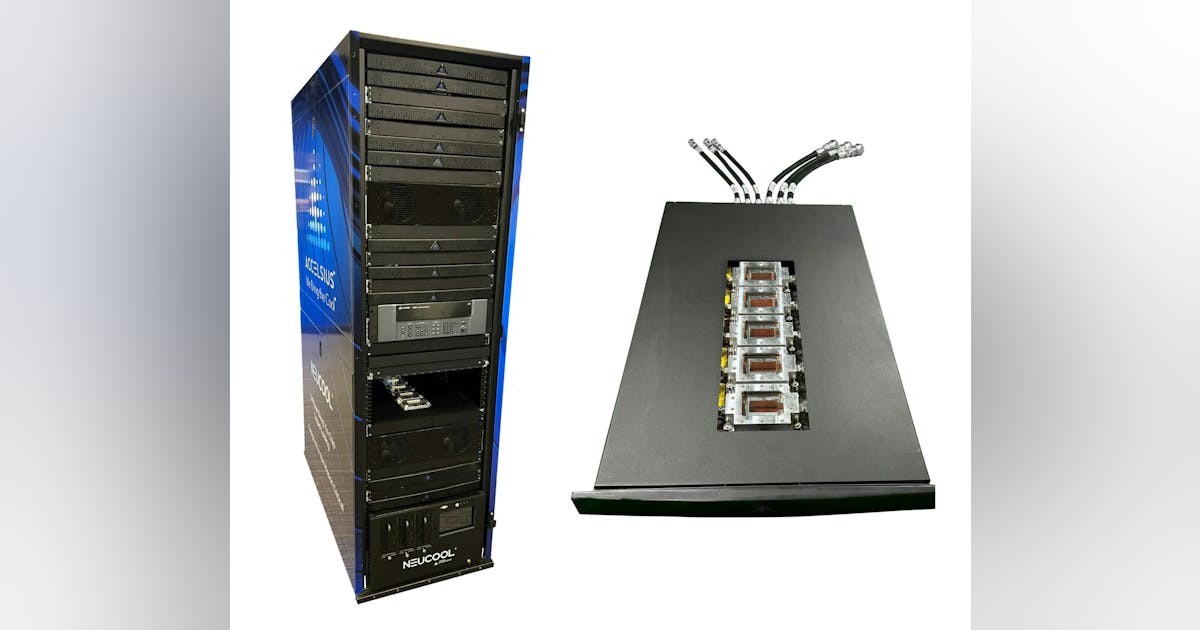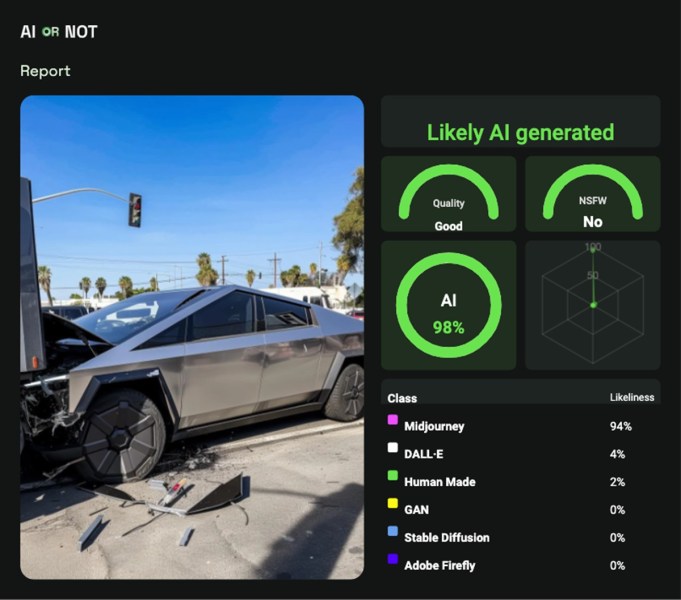
BP confirmed thousands of job cuts in a statement sent to Rigzone on Friday.
“Last year, we began a multi-year program to simplify and focus BP,” the statement noted.
“We are strengthening our competitiveness and building in resilience as we lower our costs, drive performance improvement, and play to our distinctive capabilities,” it added.
“To deliver this, a series of programs are in place in businesses throughout BP. Today, we have … told staff across BP that the proposed changes that have been announced to date are expected to impact around 4,700 BP roles – these account for much of the anticipated reduction this year,” it continued.
“We are also reducing our contractor numbers by 3,000,” the statement went on to note.
In an all staff email from BP CEO Muray Auchincloss, which was sent to Rigzone by BP, Auchincloss highlighted the job cuts and revealed that 2,600 contractors had already left.
“I understand and recognize the uncertainty this brings for everyone whose job may be at risk, and also the effect it can have on colleagues and teams,” Auchincloss noted in the email.
“We have a range of support available, and please continue to show care for each other, be considerate, and keep putting safety first – especially during times of change,” he added.
“Thank you for your honesty in the calls and conversations you’ve been having with your leaders. As I’ve said before, we are a brilliant company with great people, great businesses, and great assets – and we are uniquely positioned to grow value through the energy transition,” he continued.
“But that doesn’t give us an automatic right to win. We have to keep improving our competitiveness and moving at the pace of our customers and society. That’s what we are doing,” the BP CEO went on to state.
In the email, Auchincloss said BP is focusing resources on its highest value opportunities and pointed out that the company has stopped or paused 30 projects since June.
He also noted that BP is expanding its business and technology centers and driving digitization into its organization. Auchincloss added in the email that Supply, Trading & Shipping (ST&S) “is now stood up, simplifying the midstream and enhancing our potential to grow value”.
He also said it’s “been good to see increased collaboration between P&O and G&LCE, following the changes to simplify reporting lines and remove duplication”.
BP’s website shows that the company had 87,800 employees in 2023 and 67,000 employees in 2022.
In a release posted on its site earlier this week, BP announced that Auchincloss had “recently undergone a planned medical procedure from which he is recovering well”.
“He will be back in the office by February. To ensure his full recuperation the capital markets event previously scheduled for 11 February in New York will now take place on 26 February in London,” it added.
“The fourth quarter and full year 2024 results date is unchanged and they are expected to be published at 0700 GMT on 11 February,” it continued.
Auchincloss was appointed BP CEO on January 17, 2024, BP’s site shows. He “leads BP’s strategy – to transition BP from an International Oil Company to an Integrated Energy Company,” BP’s site states.
Earlier this month, BP announced in a separate release that it had safely begun flowing gas from Greater Tortue Ahmeyim (GTA) Phase 1, which it described as “one of the deepest, most complex gas developments in Africa”.
“The 2.3 million tons per annum LNG project is expected to contribute to meeting global energy needs,” BP added in that release.
To contact the author, email [email protected]






